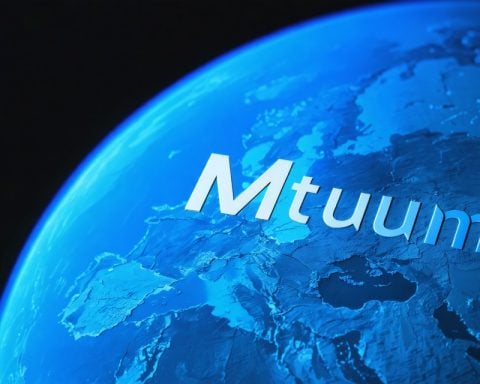Potential Military Spending Shifts in NATO
Preparations are underway as reports indicate that incoming U.S. President Donald Trump plans to make significant demands of NATO member countries regarding defense spending. Advisors have conveyed to European officials that Trump may insist on a dramatic increase in military expenditures, proposing a rise to as much as 5% of their GDP.
This anticipated request is sending ripples of concern through European capitals, with many wondering how such elevated spending will impact their economies. While some sources believe Trump might settle for a more moderate increase—around 3.5%—there are suggestions that this may come attached to demands for better trade terms with Europe.
As NATO faces challenges, particularly regarding ongoing tensions in Ukraine, Trump is reportedly in favor of keeping military support for Ukraine despite his calls for an end to hostilities. Trump’s insistence that Ukraine should not join NATO and that supplying arms should be considered only after a ceasefire reflects his controversial stance on international military engagement.
Moreover, previous threats made by Trump during his campaign to impose tariffs on trading partners, including the European Union, have left European nations concerned about their future security and defense arrangements. Many governments are mindful of the domestic implications of meeting Trump’s spending requirements, suggesting that the coming months may bring substantial debate and strategic recalibrations within NATO.
NATO Military Spending: Trends and Future Predictions
As global security dynamics evolve, NATO is at a crossroad that could significantly reshape its military spending and defense strategies. A focus on increased military expenditures is becoming increasingly relevant, especially as geopolitical tensions escalate.
Overview of Defense Spending Trends
In recent years, NATO member countries have gradually increased their defense budgets, responding to various external threats, particularly from Russia and the growing security challenges in Eastern Europe. With heightened military activities in Ukraine, NATO’s role has expanded, leading to discussions about the financial commitments required from its members.
How Much Should NATO Members Spend?
Current guidelines suggest that NATO members aim for defense spending of at least 2% of their GDP. However, under potential new U.S. leadership, there are proposals for this figure to soar to 3.5% or even 5%, directly impacting national budgets and economic strategies across member states. This raises questions on how countries can balance defense needs with domestic priorities, highlighting diverse reactions within member nations.
Pros and Cons of Increased Military Spending
Pros:
– Enhanced collective defense capabilities.
– Improved readiness to respond to emerging threats.
– Potential for better military technologies through increased R&D funding.
Cons:
– Economic strain on countries with limited budgets.
– Possible cuts in social services to accommodate military spending.
– Increased tensions with nations outside NATO due to military escalation.
Key Use Cases for Increased Spending
1. Cybersecurity Initiatives: In an age of digital warfare, bolstering cybersecurity measures is essential. Increased budgets can support robust defenses against cyberattacks on infrastructure.
2. Global Peacekeeping Missions: Enhanced funding will enable NATO to undertake more comprehensive peacekeeping and humanitarian missions around the globe.
3. Joint Military Exercises: More financial resources can facilitate joint training exercises among member nations, leading to improved military collaboration and capabilities.
Limitations and Economic Impact
While increasing defense spending may enhance security, it can also lead to economic constraints. Nations like Greece and Italy, which face significant domestic challenges, may find these spending demands particularly burdensome. The potential for rising national debt and shifting public priorities could ignite political debates within these countries.
Current Predictions for NATO’s Future
Market analysis indicates that NATO could see a considerable transformation in its operational dynamics, particularly if the U.S. enforces higher spending requirements. This could lead to a more robust transatlantic partnership but may also strain relations with non-member countries and create rifts among existing members.
Security Aspects and Sustainability
Incorporating sustainability into military spending is becoming a core issue. NATO is expected to address how its defense growth can align with global sustainability goals, promoting eco-friendly technologies and practices within military operations.
Conclusion
As NATO navigates these potential spending shifts, the landscape of international military cooperation is bound to evolve. Member nations will have to carefully weigh the benefits of enhanced security against the socio-economic realities of increased military expenditure. The coming months will likely define NATO’s strategic direction and its ability to adapt to a rapidly changing global environment.
For more insights on NATO and international military affairs, visit NATO’s official site.









